What's Important - Scatter the cards out face up on some tables or the floor. Ask everyone to find a value (card) that is important to them right now. It is perfectly okay to share a value (card) with another person in the group. If the group is manageable (smaller), go around and find out from each person why this value is important to them. Keep these particular cards with you during your program. Let them help you spark thoughts and learnings before, during and/or after team building activities (i.e., cards can be processing prompts).
Values Tool Box - Have the group decide, by consensus, five values they want to focus on during your program. Use them before, during and/or after activities as check-in prompts for discussion. Maybe the values (cards) need to change over the course of your program - allow for swaps or additions.
What's Missing - If your group is "stuck", pick five of the values from the set and ask the group what value, of the five, might get them un-stuck at that particular time. Maybe you pick five value cards at random (let the Universe decide, so to speak), or you might choose five value cards that you believe are particularly relevant to your observations of the group. For example, your group might need one of these five:
- Decisiveness
- Energy
- Helpful
- Persistence
- Transparency
Sometimes all the group needs is a little nudge to get un-stuck.
Random Considerations - Another way to explore values is to simply pick a card at random and have a discussion about its meaning to the diverse population of your group. I did something like this (with another list of values) with residential participants that I worked with over a longer period of time. You might also find it important to pick a card "on purpose" because you want to talk about a value that might have surfaced during a team building activity.
| exploringvalues_thiagi_cavertfdb18.pdf |
All the best,
Chris Cavert, Ed.D.

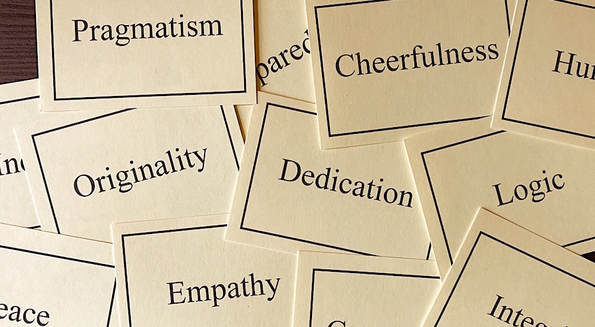
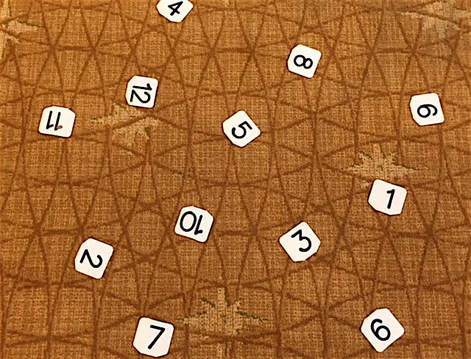
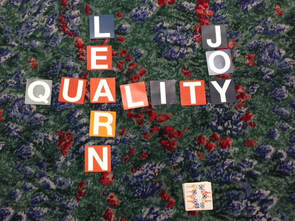
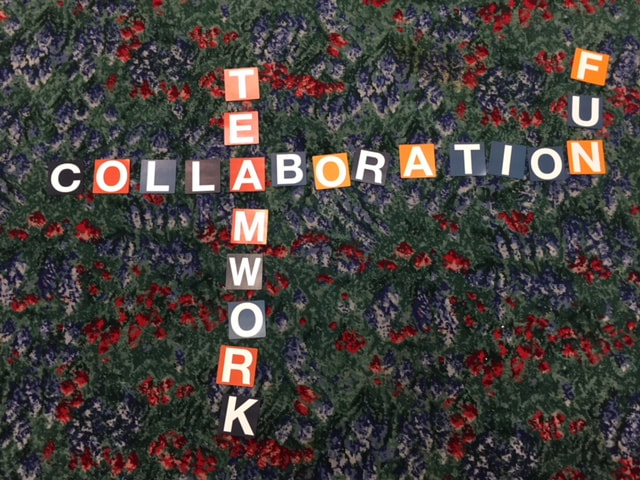
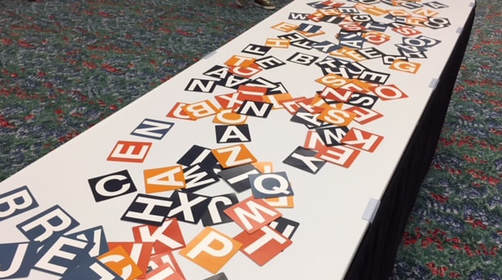
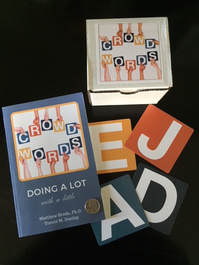
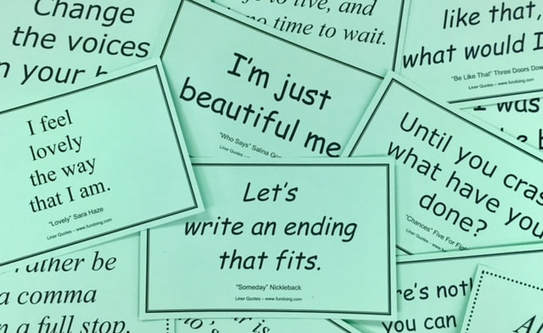
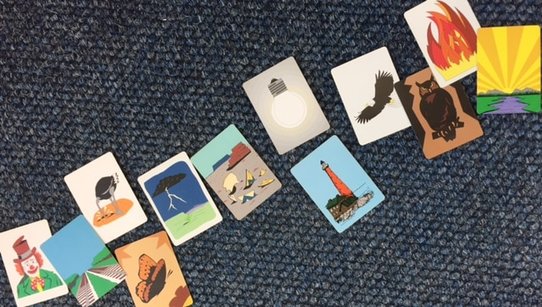
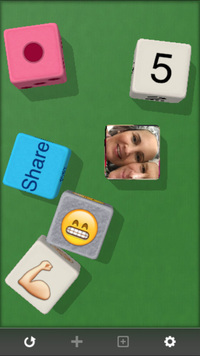
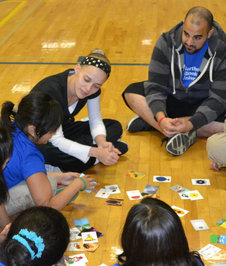
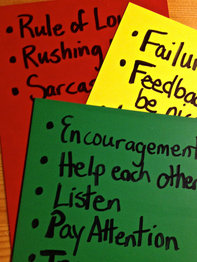
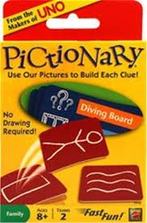

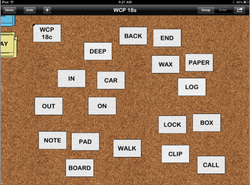
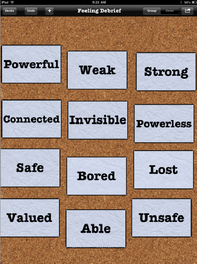





 RSS Feed
RSS Feed